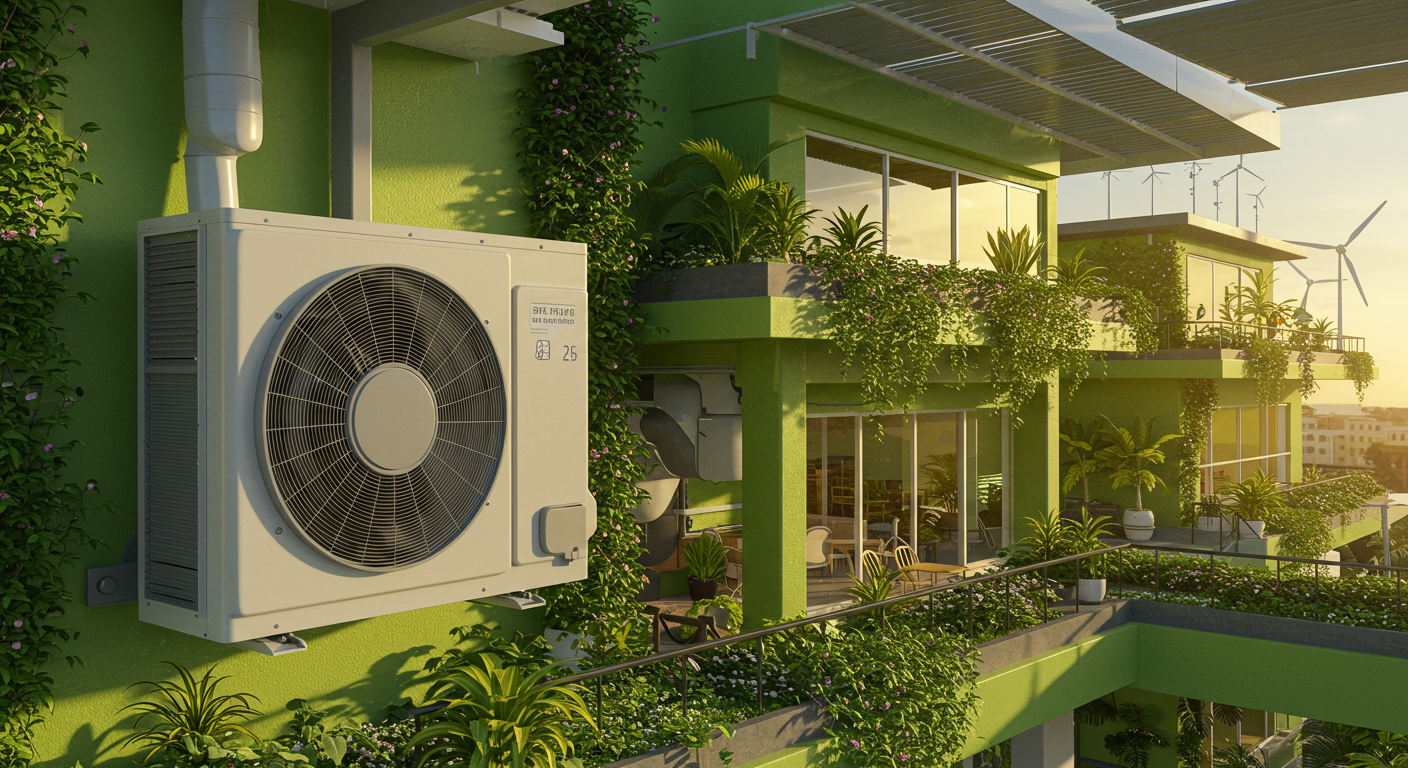
Low-GWP Refrigerants: What Contractors Should Know
Are you ready for the refrigerant revolution? With increasing environmental concerns and stringent regulations, the HVAC industry is shifting towards low-GWP (Global Warming Potential) refrigerants. As a contractor, staying informed about these changes is crucial. In this post, we’ll explore the landscape of low-GWP refrigerants, highlighting key trends, benefits, and what you need to know to stay ahead.
Understanding the Market and Regulations
The market for low-GWP refrigerants is booming. By 2025, it is expected to reach 204.71 kilotons, growing at a 7.85% CAGR to hit 298.70 kilotons by 2030. This growth is fueled by regulatory changes and the demand for eco-friendly HVAC refrigerants. The EPA now mandates refrigerants with a GWP of 700 or less for new equipment, with a ban on R-410A systems starting January 1, 2026. Are you prepared for these changes?
Key Players and Refrigerant Options
In June 2025, R-32 and R-454B dominated the market, accounting for 76% of ducted unitary equipment sales. These A2L refrigerants are favored for their lower GWP and energy efficiency. Fluorocarbons and HFOs also hold a significant share due to their compatibility and OEM endorsements. Meanwhile, hydrocarbons, ammonia, and CO₂ are gaining traction in specific sectors like food and beverage, making up 37% of the market share.
R32 and R454B: The Future of HVAC
Daikin’s R-32 systems, available through Mar-Hy Distributors, are increasingly popular for their compliance with EPA rules and energy efficiency. Contractors appreciate the training provided for safe handling of these mildly flammable A2L refrigerants. As a contractor, understanding the benefits and safety protocols of R32 and R454B refrigerants will give you a competitive edge.
Preparing for the Transition
- Ensure all new installations comply with GWP limits before January 2026.
- Invest in A2L-compatible tools and PPE certified for R-32 and R-454B refrigerants.
- Stay updated with manufacturer training sessions for safe refrigerant handling.
Conclusion
The transition to low-GWP refrigerants is not just a trend—it’s the future of HVAC. By understanding the market dynamics and preparing for regulatory changes, you can position yourself as a leader in sustainable refrigerant solutions. Start by exploring the benefits of R32 and R454B refrigerants and ensure your team is trained and equipped for the future.
Ready to embrace the future of HVAC? Start transitioning to low-GWP refrigerants today!
FAQ: Low-GWP Refrigerants
What are low-GWP refrigerants?
Low-GWP refrigerants have a reduced impact on global warming. They are designed to comply with environmental regulations and are essential for sustainable HVAC solutions.
Why is the transition to low-GWP refrigerants important?
The transition is crucial for reducing environmental impact and meeting regulatory requirements. It ensures compliance with EPA mandates and supports global efforts to combat climate change.
What are the benefits of R32 refrigerants?
R32 refrigerants offer improved energy efficiency, lower GWP, and are easier to recycle. They provide a sustainable option for modern HVAC systems.
How can contractors prepare for refrigerant transition regulations?
Contractors can prepare by updating their tools and training for A2L refrigerant handling. Staying informed about regulatory deadlines is also essential.
What safety measures are required for handling low-GWP refrigerants?
Proper training and the use of certified PPE are critical for safely handling low-GWP refrigerants like R32 and R454B. Follow manufacturer guidelines for best practices.

